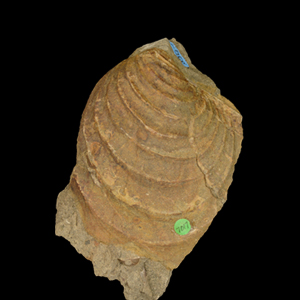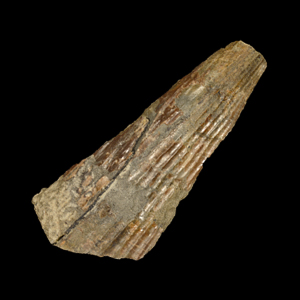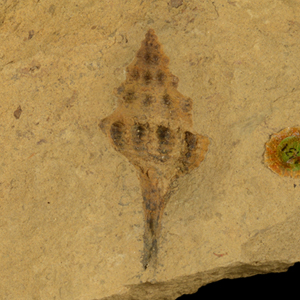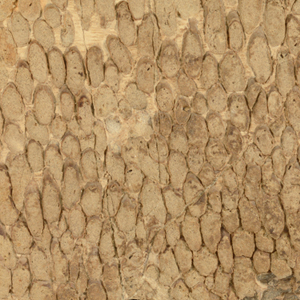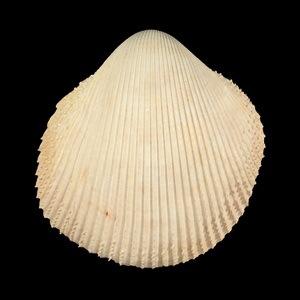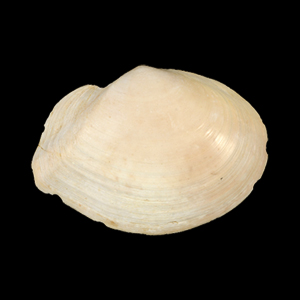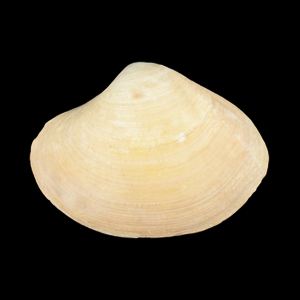Beneath L.A.!
The Geology of Los Angeles Basin
The Los Angeles Basin encompasses the coastal lowland area bordered by the Santa Monica mountains, Puente, Elysian, and Repetto hills to the north, and the Santa Ana mountains and San Joaquin hills to the southeast. In geological terms this basin can be classified as a pull-apart basin, forming where two overlapping faults create an area of extension, and causing the basin to sink down. This subsidence allows the accommodation space for the deposition of sediments. More than 9000 m of sediments accumulated in the basin, and includes the Vaqueros or Sespe formations (late Oligocene-early Miocene), Topanga Formation (early-middle Miocene), Puente Formation (middle-late Miocene), Monterey or Modelo formations (late Miocene), and the Fernando or Pico Formation (Pliocene). Overlying these are a number of Pleistocene units, including the Lomita Marl, Palos Verdes Sand, San Pedro Sand, Timms Point Silt, and numerous unnamed Quaternary marine terrace deposits.
Topanga Formation (Miocene)
The Topanga Formation comprises mixed sedimentary and volcanic rocks with an erosional base (unconformity) on underlying sediments. The formation consists of basal marine conglomeratic sandstone, a more volcanic middle layer with submarine lava flows and tuffs, and an upper sedimentary breccia, conglomerate, sandstone, and a siltstone.
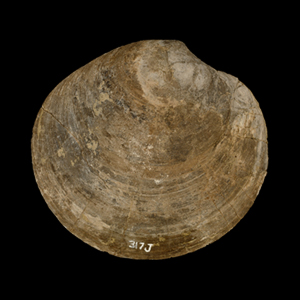 Dosinia ponderosa Dosinia ponderosa |
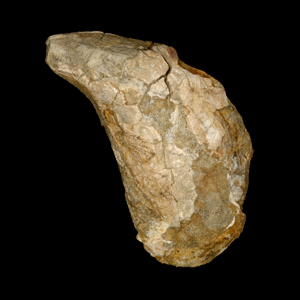 Mytilus topangensis Mytilus topangensis |
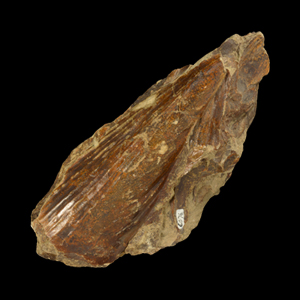 Pinna sp. Pinna sp. |
 Saxidomus nuttalli Saxidomus nuttalli |
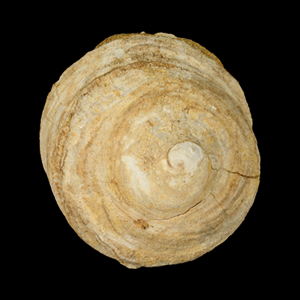 Calyptraea mamillaris Calyptraea mamillaris |
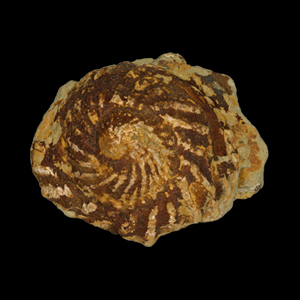 Crucibulum sp. Crucibulum sp. |
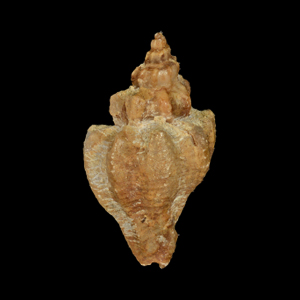 Ocenebra topangensis Ocenebra topangensis |
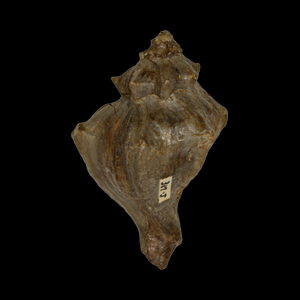 Trophon bartoni Trophon bartoni |
Pico Formation (Pliocene)
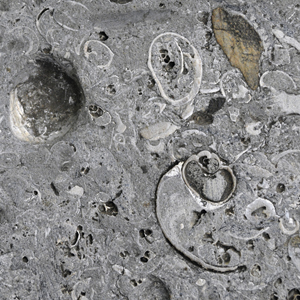 Sectioned slab of Pico Formation Sectioned slab of Pico Formation |
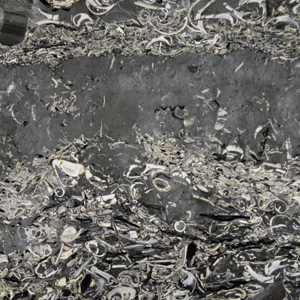 Polished slab of Pico Formation Polished slab of Pico Formation |
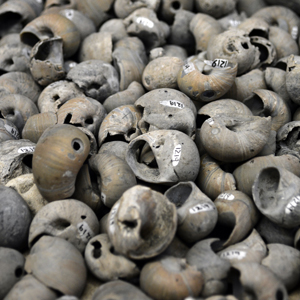 Neverita reclusiana Neverita reclusiana |
 Dentalium hexagonum Dentalium hexagonum |
Palos Verdes Sand (Pleistocene)
Relevant literature
Yerkes, R.; McCulloch, T.; Schoellhamer, J.; Vedder, J. (1965). “Geology of the Los Angeles Basin, California- An Introduction”. Geological Professional Survey Paper: A1-A55.

